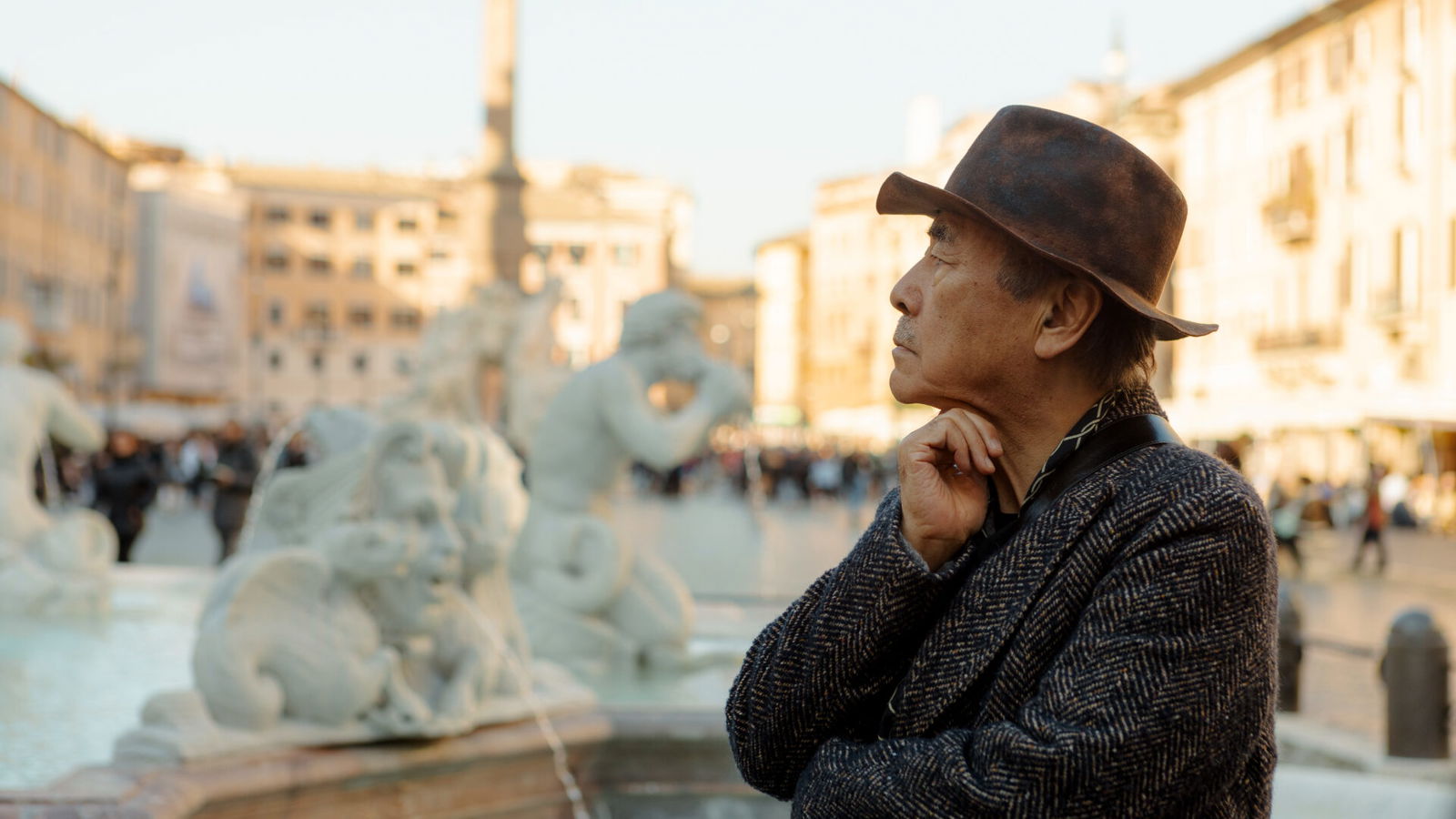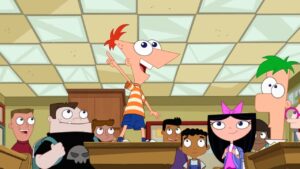For fifty years, legendary illustrator Yoshitaka Amano has left an indelible mark on the artistic world. Starting in animation at the iconic Tatsunoko Productions before becoming the defining visual influence of the Final Fantasy series, his name is synonymous with an ethereal art style and a unique vision of modern mythology.
Now, Amano is the focus of a new exhibit dubbed Amano Corpus Animae, hosted in the Museo di Roma at Palazzo Braschi and created by Lucca Comics & Games. The display presents over 200 original works of art spanning his entire career, from Speed Racer to his illustrations for Michael Moorcock’s Elric of Melnibonè novels to collaborations with western comics like Batman and Superman, and more recent unpublished works.
CGMagazine had the honour of speaking to Mr. Amano via email about the exhibition, his career, and the future.
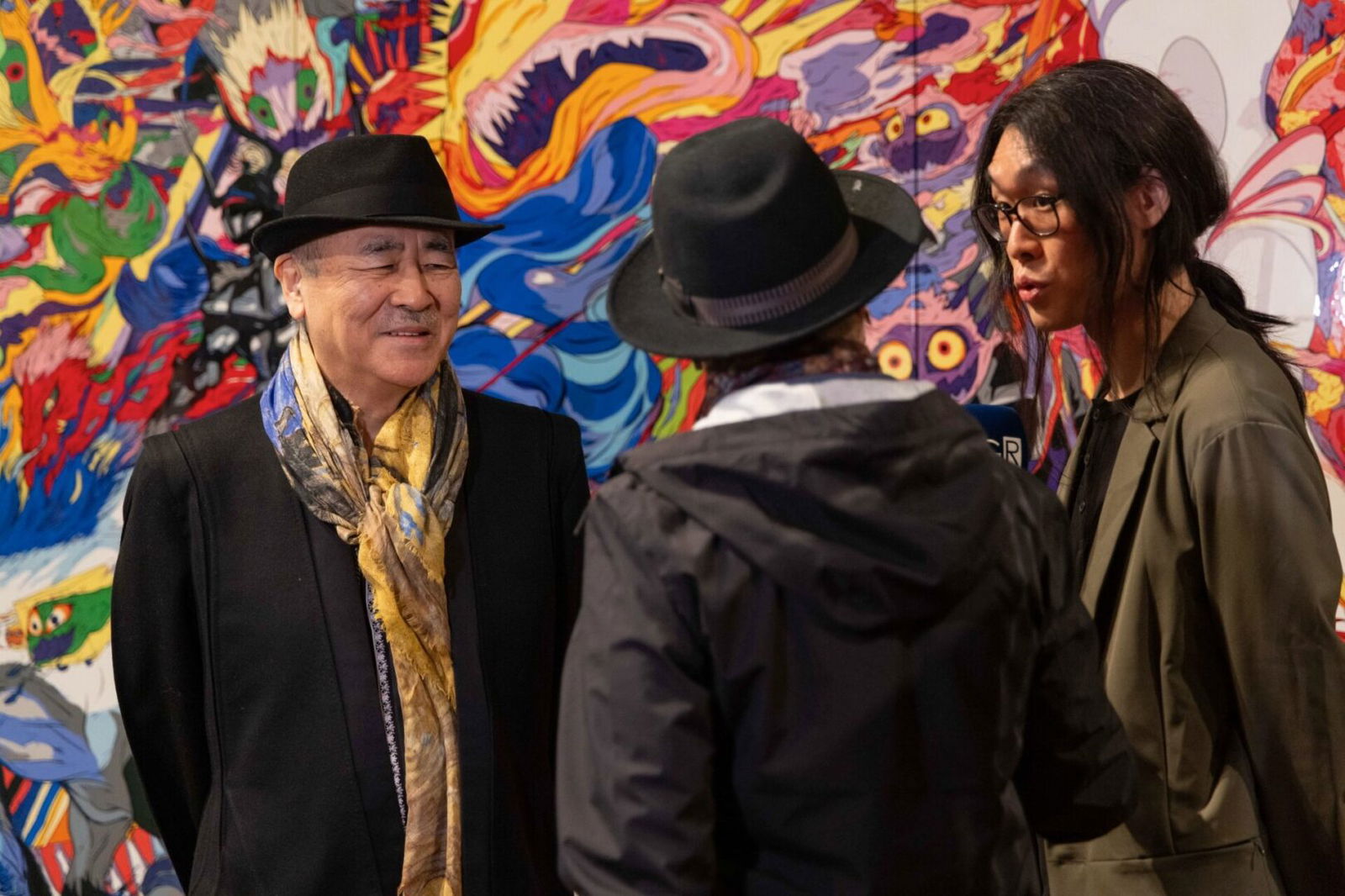
You’ve worked closely with the Lucca Comics & Games Festival for several years now. What do you appreciate most about the event?
Yoshitaka Amano: The event venues are scattered throughout a walled city, and some of them are even held in places like churches and opera houses, which I find very interesting. The entire city comes alive, and there’s a strong sense of unity between the event and the town—that’s what I like most.
The physical design of the Amano Corpus Animae exhibit sounds fascinating, with different sections tracing the eras of your career. Did you have much direct input into the structure and the works that would be featured?
Yoshitaka Amano: Fabio, the curator of this exhibition, knows more about me than I do myself, so I left most of the artwork selection to him. I also entrusted him with the exhibition layout, and the result—including the wall colours and display methods—turned out to be very interesting.
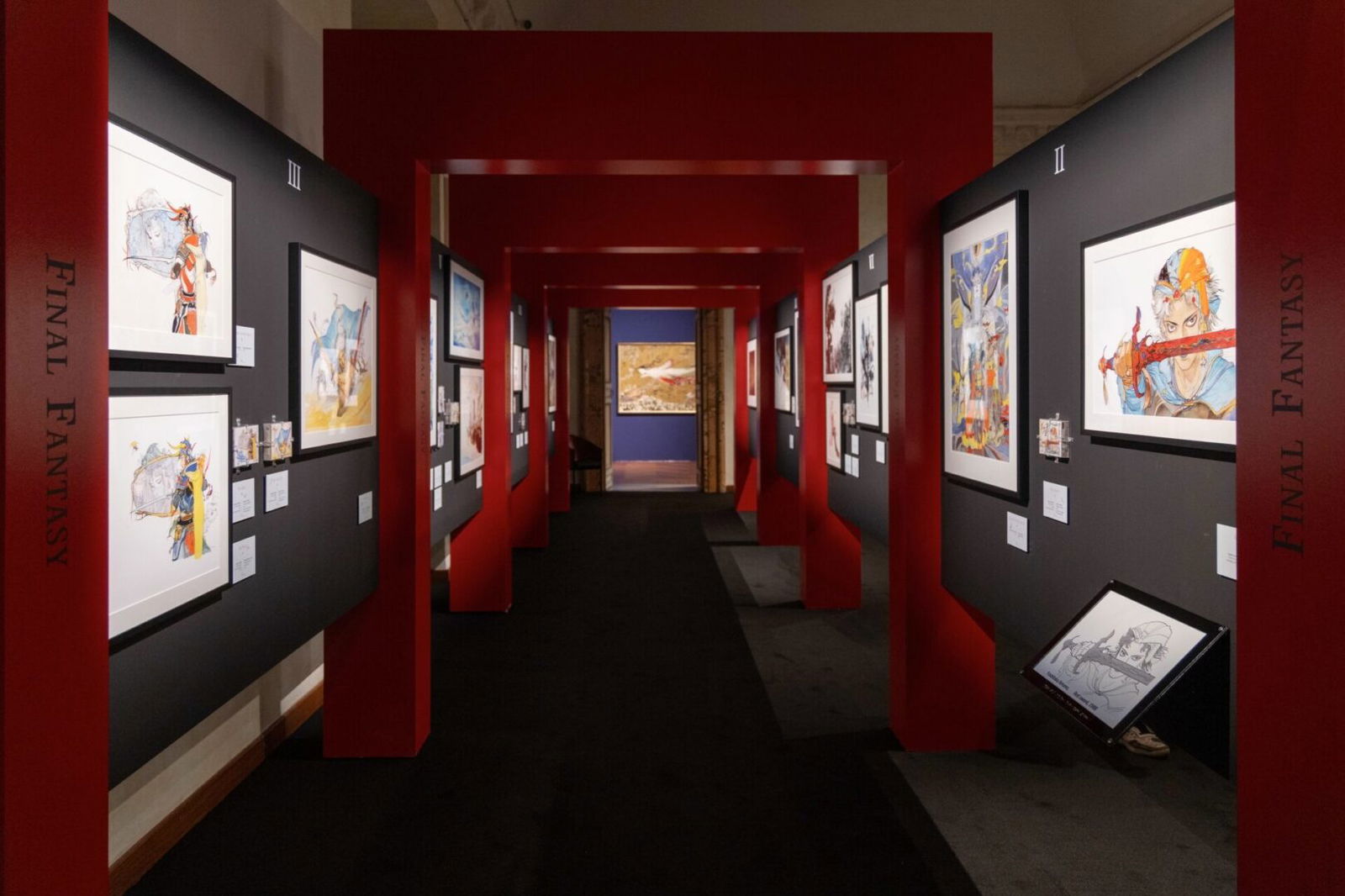
Which of the new “cult objects” or newly presented pieces included in the current Amano Corpus Animae exhibit is your personal favourite?
Yoshitaka Amano: The first time I became involved in the world of “fantasy,” which I would later become deeply connected to, was through my work on Michael Moorcock’s stories. So the pieces I created for Moorcock are all especially meaningful to me.
You’ve been approached to create special pieces for a variety of western properties, from Batman and Magic: The Gathering to movie posters and David Bowie albums. What would you say are the main differences in your artistic approach when working on these collaborations, instead of projects closer to home, or your own original works?
Yoshitaka Amano: I don’t consciously change my approach or mindset based on whether a project is Western or Eastern. I’ve always liked American comics, including Batman, so when I received the offer, I felt honoured and genuinely happy.
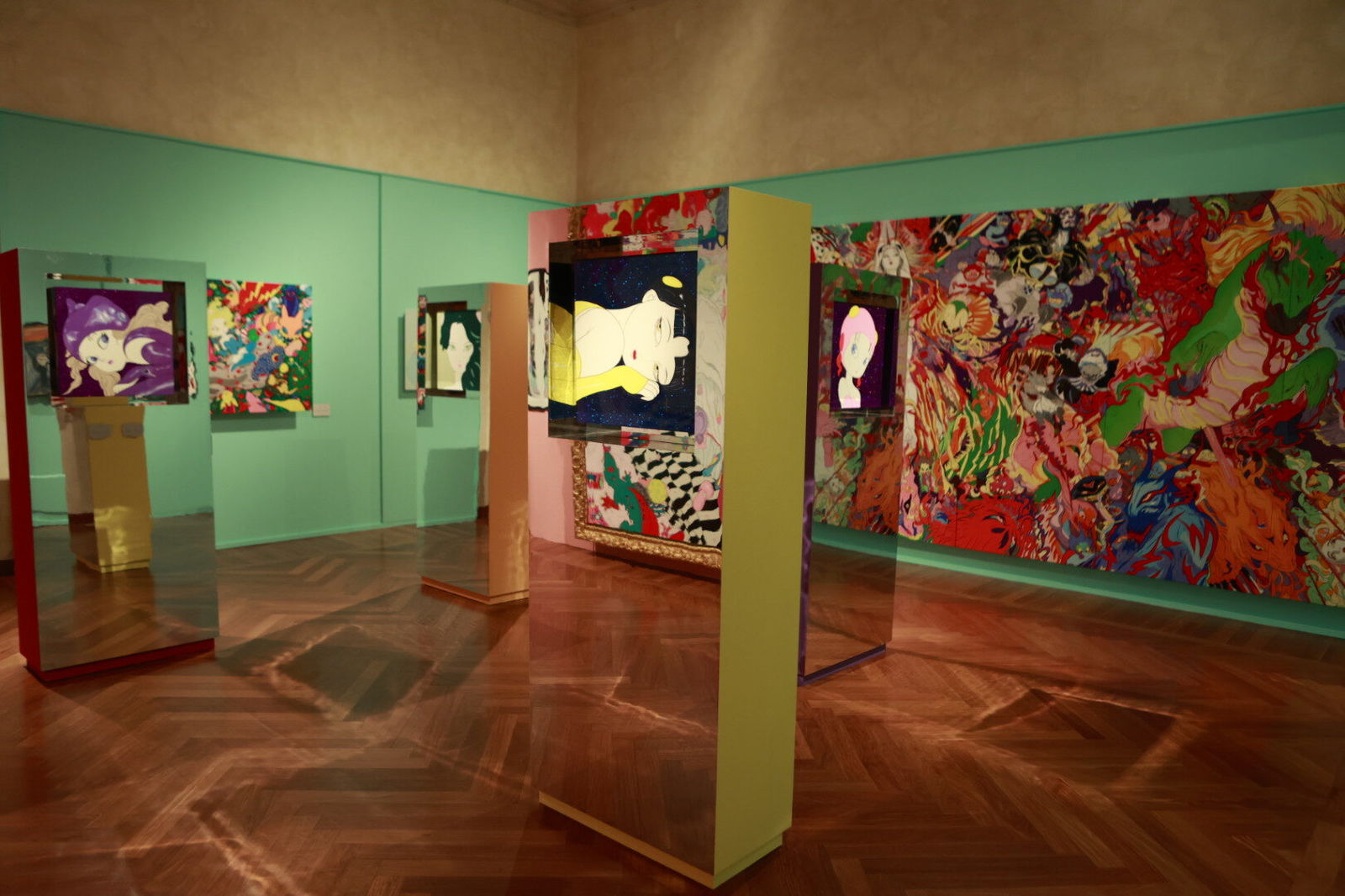
It’s well-known that you started working in animation at Tatsunoko Studios at the age of 15. Do you recall how you convinced them to take a chance on hiring a high school student?
Yoshitaka Amano: I don’t particularly remember trying to convince them of anything. Tatsunoko was a very open-minded company at the time, with all kinds of people working there, so I don’t think the fact that I was 15 years old was much of an issue.
“I encourage young artists not to be too bound by the idea of a fixed profession, and instead to keep creating without losing the core of their own creativity.”
You then resigned from Tatsunoko 15 years later, claiming that “once your life is too stable, your creativity dies.” Is this still a philosophy you believe in today?
Yoshitaka Amano: At this point in my life, I believe that if your life isn’t stable, your creativity can also be lost. Having peace of mind is essential.
After leaving animation and striking out as a freelancer, your most prominent projects were illustrations for Vampire Hunter D and Michael Moorcock’s Elric novels, and the concept art for Final Fantasy. At that time, did your work on one project have any strong influences on the others?
Yoshitaka Amano: When I’m working on a piece, I focus entirely on that project, so I’m not particularly conscious of being influenced by other works. However, I do think that the imagery I created while working on fantasy titles like Moorcock’s stories and Vampire Hunter D naturally found its way into the artwork I later did for Final Fantasy.
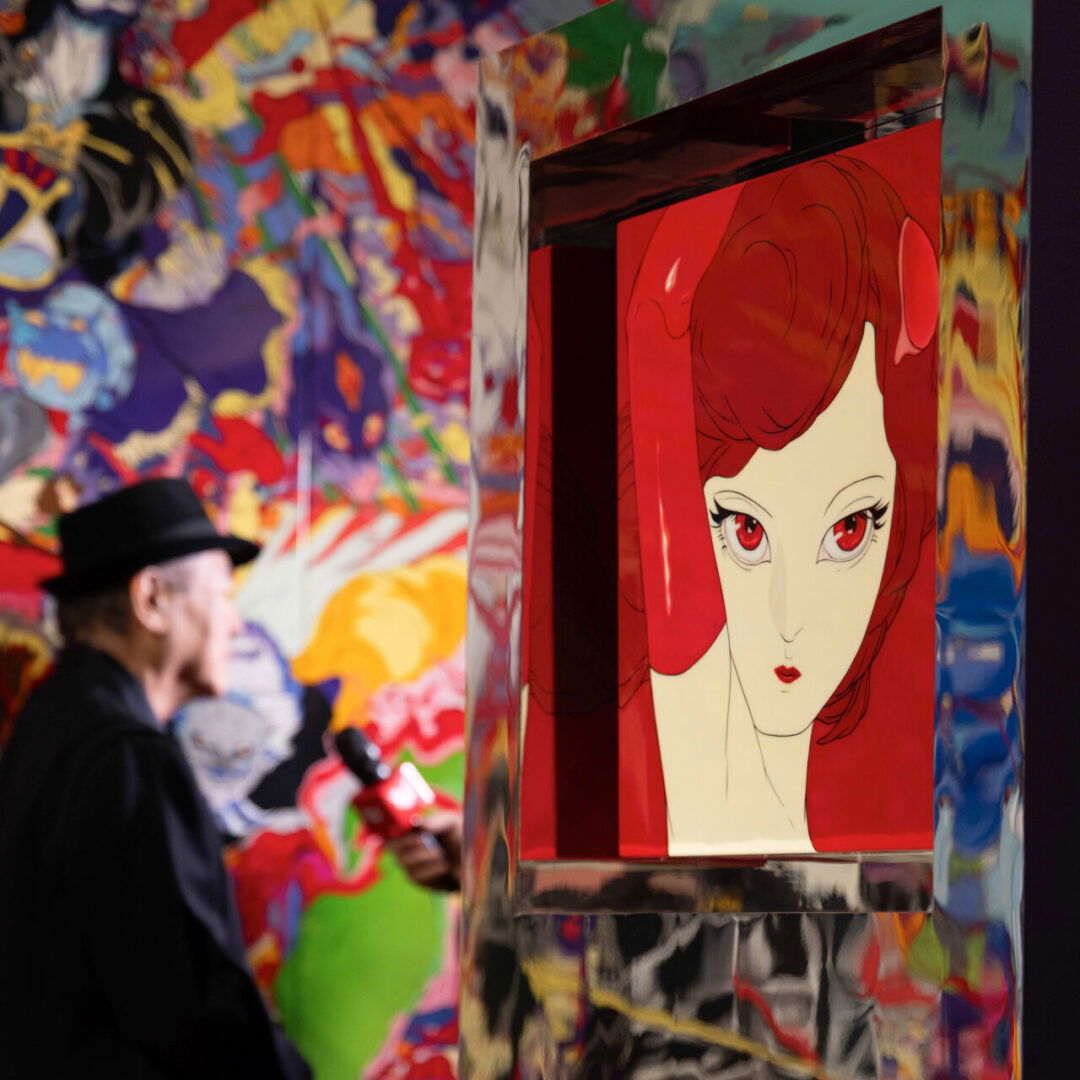
After all these years, and having taken a step back from the franchise, is Terra still your favourite Final Fantasy character? What is your process like when Square Enix contacts you to ask about a new Final Fantasy project, like the logo artwork for a new game or a special illustration?
Yoshitaka Amano: Yes, Terra is still a character I really like. I still continue to draw the logos for the Final Fantasy series. When I receive an offer, I review the materials and content that have been developed at that stage of the game, and after discussing with the staff, I begin creating the logo or key illustration.
“I do think that the imagery I created while working on fantasy titles like Moorcock’s stories and Vampire Hunter D naturally found its way into the artwork I later did for Final Fantasy.”
Your artwork will soon be featured in the upcoming Final Fantasy crossover set from Magic: The Gathering. Is there any insight you’re able to share at this time about the process of collaborating with Wizards of the Coast on this project?
Yoshitaka Amano: At the time of answering this question, all I can say is: please stay tuned for further updates.
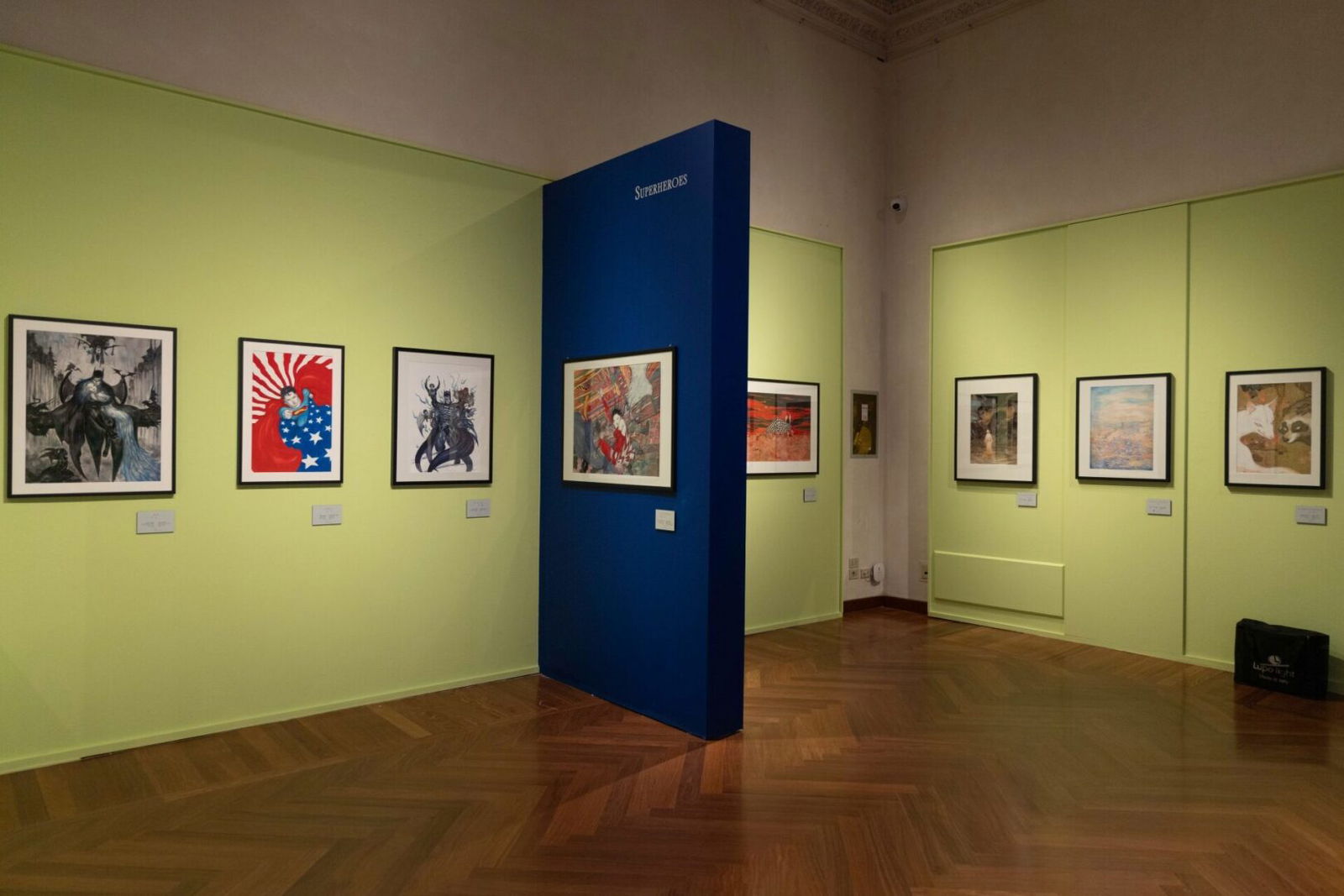
After such a long and accomplished career, are there any other projects left on your creative wishlist, or any other artists in other mediums you’d like to work with?
Yoshitaka Amano: Right now, I’m focused on a large-scale work based on Greek mythology, which is expected to be over 100 meters in total length. I’m also planning to create an original animation, and I actually have a meeting about it tomorrow. This may not be a direct collaboration, but I’ve always been a fan of Neil Young. I often listen to his music while I work.
Do you have any words of advice to offer young artists starting out in today’s unique creative climate?
Yoshitaka Amano: My advice is that if you pursue a creative career, it’s important to have a professional mindset and treat it seriously as a job. That said, many jobs may eventually be replaced or disappear due to AI and other changes. So I encourage young artists not to be too bound by the idea of a fixed profession, and instead to keep creating without losing the core of their own creativity.
[The Amano Corpus Animae exhibit is on display at Museo di Roma, Palazzo Braschi, until October 12, 2025.]
